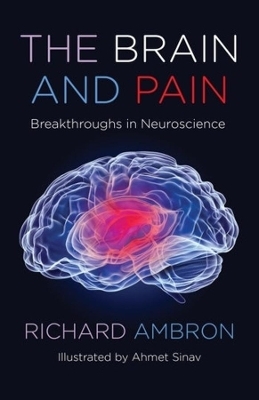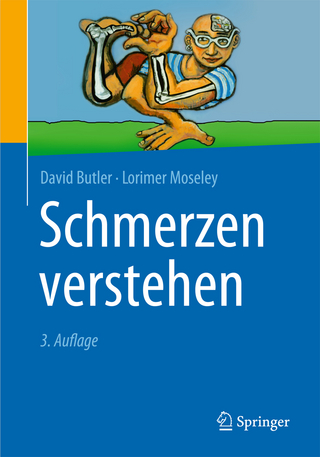
The Brain and Pain
Columbia University Press (Verlag)
978-0-231-20487-3 (ISBN)
Pain is an inevitable part of existence, but severe debilitating or chronic pain is a pathological condition that diminishes the quality of life. The Brain and Pain explores the present and future of pain management, providing a comprehensive understanding based on the latest discoveries from many branches of neuroscience.
Richard Ambron—the former director of a neuroscience lab that conducted leading research in this field—explains the science of how and why we feel pain. He describes how the nervous system and brain process information that leads to the experience of pain, detailing the cellular and molecular functions that are responsible for the initial perceptions of an injury. He discusses how pharmacological agents such as opiates affect the duration and intensity of pain. Ambron examines new evidence showing that discrete circuits in the brain modulate the experience of pain in response to a placebo, fear, anxiety, belief, or other circumstances, as well as how pain can be relieved by activating these circuits using mindfulness training and other nonpharmacological treatments. The book also evaluates the prospects of procedures such as deep brain stimulation and optogenetics.
Current and thorough, The Brain and Pain will be invaluable for a range of people seeking to understand their options for treatment as well as students in neuroscience and medicine.
Richard Ambron is emeritus professor of pathology, anatomy, and cell biology at the Vagelos College of Physicians and Surgeons of Columbia University, where he codirected the clinical anatomy course for first-year medical and dental students. For forty years, he directed a laboratory that investigated the molecular bases of nerve regeneration and the molecular pathways responsible for pain.
Introduction and Nomenclature
Section I: The Basic Pain Pathway and the Molecular Mechanisms That Determine the Intensity and Duration of Pain
1. Pain as a Property of the Nervous System
2. Organization of the Human Nervous System: From Nerves to Neurons
3. Pain: Perception and Attribution
4. The Molecular Neurobiology of Pain
5. Adaptation
6. Molecular Signals for Persistent Pain
7. The Sources of Pain
Section II: The Modulation of Pain by Circuits in the Brain
8. The External Modulation of Pain: Descending Systems
9. Alleviating Pain: The Pharmacological Approach
10. The Neuromatrix
11. The Brain and Pain
12. The Mind Regulating the Mind
13. Pain Management: Present and Future
Acknowledgments
Notes
Index
| Erscheinungsdatum | 10.02.2022 |
|---|---|
| Zusatzinfo | 39 figures, 2 tables |
| Verlagsort | New York |
| Sprache | englisch |
| Maße | 140 x 216 mm |
| Themenwelt | Medizin / Pharmazie ► Medizinische Fachgebiete ► Schmerztherapie |
| Naturwissenschaften ► Biologie ► Humanbiologie | |
| Naturwissenschaften ► Biologie ► Zoologie | |
| ISBN-10 | 0-231-20487-6 / 0231204876 |
| ISBN-13 | 978-0-231-20487-3 / 9780231204873 |
| Zustand | Neuware |
| Informationen gemäß Produktsicherheitsverordnung (GPSR) | |
| Haben Sie eine Frage zum Produkt? |
aus dem Bereich


